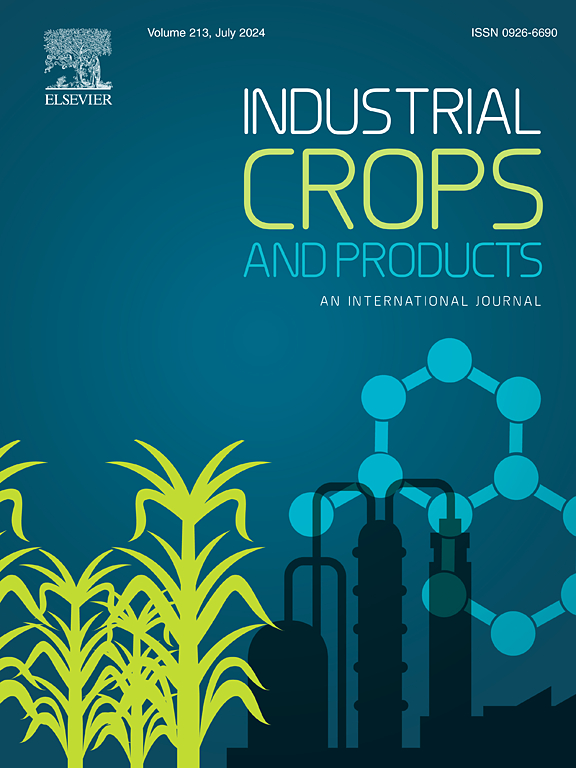Nanotechnology-based biotherapeutics for physiological wound healing phases
IF 5.6
1区 农林科学
Q1 AGRICULTURAL ENGINEERING
引用次数: 0
Abstract
Wound healing is a complex process encompassing four phases: hemostasis, inflammation, proliferation, and remodeling. This review highlights recent advancements in nanotechnology-based biotherapeutics addressing challenges inherent to each phase. Therapeutic strategies involving natural antibacterial agents, probiotics, bacteriophages, photothermal agents, antioxidants, anti-inflammatory drugs, therapeutic gases, growth factors, and stem cell therapies are critically analyzed for their contributions to wound repair. Emerging approaches, including gene therapy and microRNA-based interventions, are also examined for their potential to modulate healing pathways. Nanostructured delivery systems-such as liposomes, nanogels, nanoemulsions, solid lipid nanoparticles, polymeric nanoparticles, and nanofibers are emphasized for their precision targeting and sustained release capabilities. Cationic nanostructures derived from chitosan, gelatin, cellulose, dextran, and synthetic polymers are highlighted for their antibacterial properties, enhanced cellular uptake, and regenerative potential. Blood-derived products, including platelet-rich plasma and fibrin, as well as amniotic membrane derivatives, are reviewed for their roles in tissue regeneration. Challenges in clinical translation, including stability, scalability, and targeted delivery, are critically addressed, alongside innovative solutions such as nanostructure-functionalized wound dressings and therapeutic gas encapsulation. This review synthesizes advancements in nanotechnology-driven wound therapies, providing a roadmap for overcoming existing barriers and enhancing therapeutic efficacy. By integrating cutting-edge nanotechnology with biological and chemical therapeutics, this review underscores the transformative potential of these innovations in advancing wound care and improving patient outcomes.基于纳米技术的生理性伤口愈合阶段生物疗法
本文章由计算机程序翻译,如有差异,请以英文原文为准。
求助全文
约1分钟内获得全文
求助全文
来源期刊

Industrial Crops and Products
农林科学-农业工程
CiteScore
9.50
自引率
8.50%
发文量
1518
审稿时长
43 days
期刊介绍:
Industrial Crops and Products is an International Journal publishing academic and industrial research on industrial (defined as non-food/non-feed) crops and products. Papers concern both crop-oriented and bio-based materials from crops-oriented research, and should be of interest to an international audience, hypothesis driven, and where comparisons are made statistics performed.
 求助内容:
求助内容: 应助结果提醒方式:
应助结果提醒方式:


